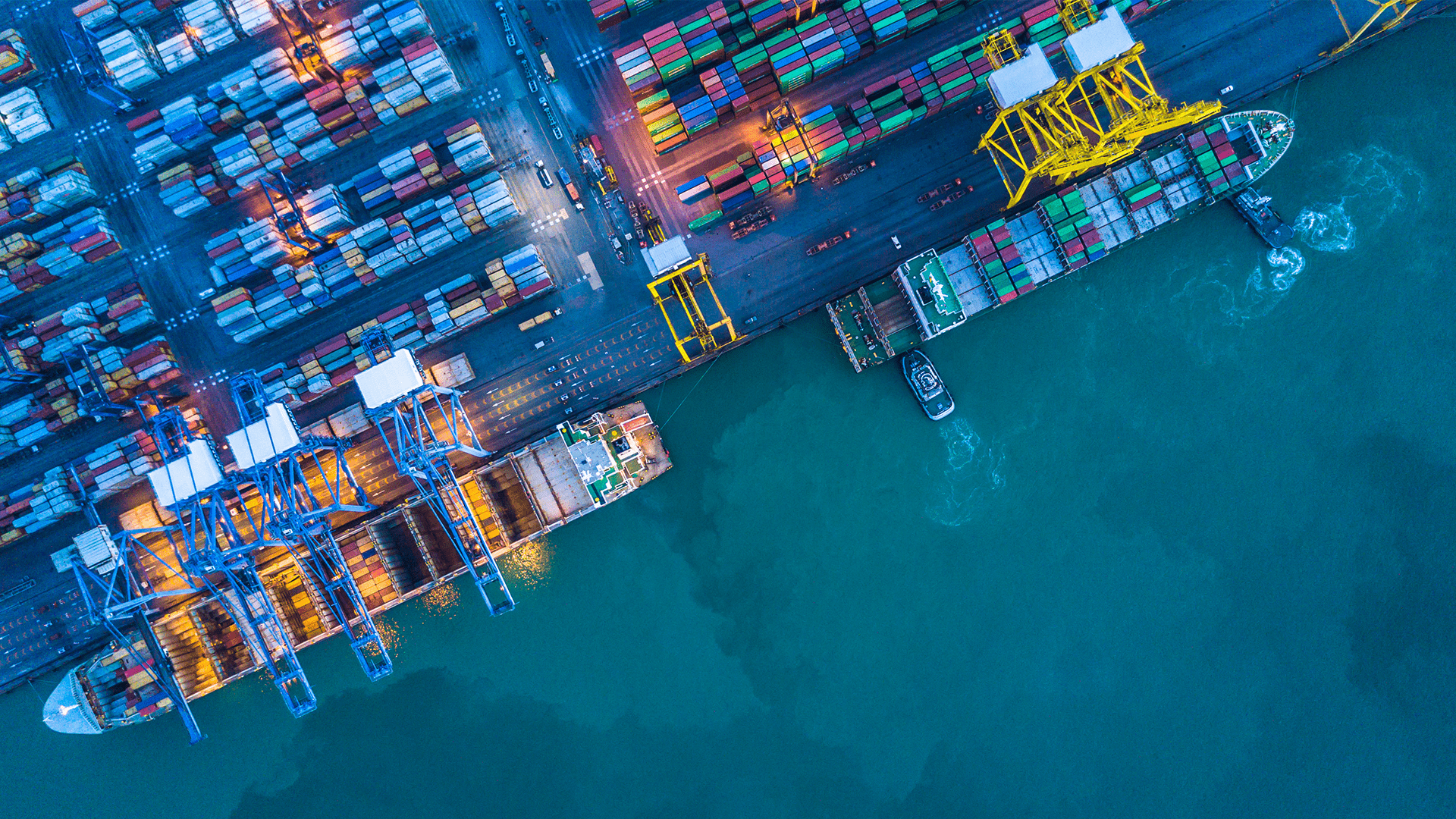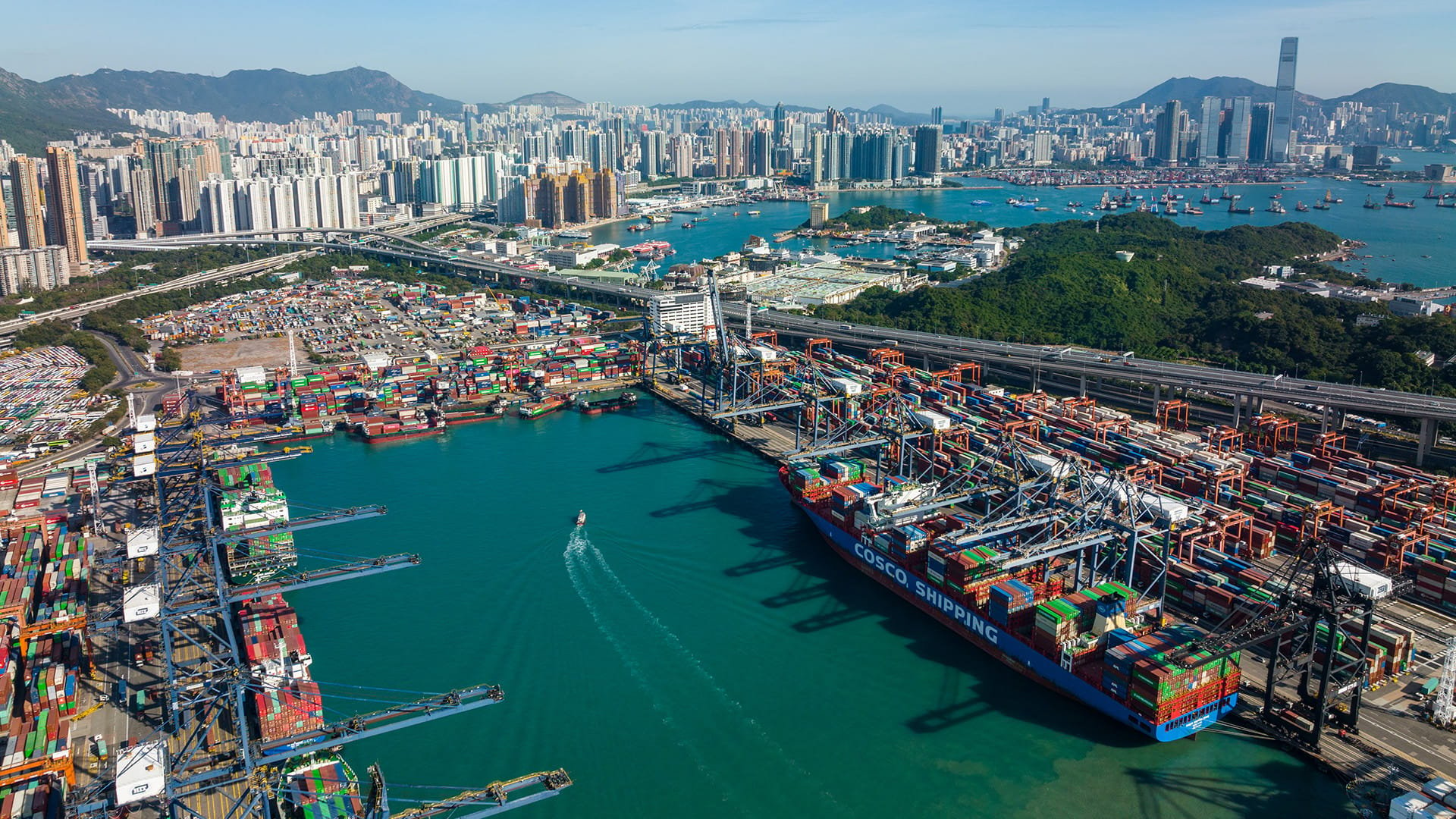Investigating the new energy landscape’s impact on European ports

Project facts
- ClientESPO and EFIP
- LocationBrussels, Belgium
- PeriodFebruary – June 2022
- ChallengeAnalysing the impact that energy transition will have on European ports
- SolutionUsing in-house experience to review industry literature, presenting 17 fact sheets in an accessible and interactive online report.
The challenge: understanding the impact of green energy initiatives on sea and inland ports
The transition to green energy will be a game-changer for our economy and society as a whole. And its effect on ports will be particularly significant.
The European Sea Ports Organisation (ESPO) and European Federation of Inland Ports (EFIP) wanted to understand the potential impact of this transition on port infrastructure, and its implications for port authorities.
They therefore commissioned Royal HaskoningDHV to conduct a study, based on an extensive literature review of published industry reports.
The solution: detailed analysis of industry reports into three major categories
The final report contains 17 fact sheets on different developments related to energy transition. These include decarbonisation, renewables, and supply chain considerations–examining their impact on both sea and inland ports.
We divided our analysis into three layers:
- Measures aimed at reducing carbon emissions within the port, including operations under the responsibility of the port authority as well as shipping lines and terminal operators
- Energy transition in the wider port environment:industrial clusters, links between the port and nearby urban areas, and connected offshore activities
- The significance of ports undergoing the energy transition in relation to the surrounding economy and community
The analysis revealed a series of challenges that energy transition poses for ports:
- Securing funding
- Finding the right expertise
- Strategic land use planning
- Managing complex operations
- Collaborating with stakeholders
- Dealing with technological uncertainty
- Handling the social and political environment
But despite these possible obstacles, green energy offers ports opportunities to make cost savings, secure market share,and attract new cargo and industries.
The work of Royal HaskoningDHV, EPSO and EFIP has resulted in an essential guide to achieving green energy transition.
The result: an interactive report covering 17 major developments in detail
Every port has its own specific profile, defining its options, priorities,and potential role in energy transition.
Increasingly, port authorities play a central role in energy transition as landlords, community builders, and potentially developers. As they aim to decarbonise their own environmental footprint, authorities can also support scalable emission reduction initiatives within the port area.
They can take advantage of this position to facilitate, enable, develop,and integrate renewable energy streams and supply chains for companies under their jurisdiction.
The study was presented by Royal HaskoningDHV at the annual ESPO conference in Valencia, June 2022.





